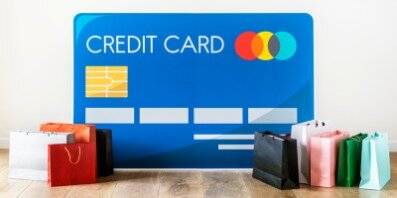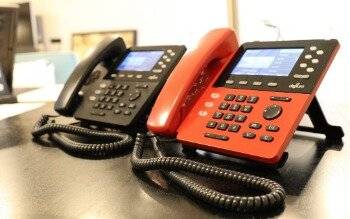
To correct transactions that have already been reconciled, locate the transaction in question and remove the reconciliation marker, such as a checkmark, to un-reconcile it. Then, make the necessary changes to ensure the transaction details accurately reflect the actual transaction. Now that we know how to prepare for the reconciliation process let’s begin our guide that will walk you through the steps to efficiently reconcile your accounts in QuickBooks Online (QBO). In this example, we show you how to reconcile a bank or credit card account. Since the account you want to reconcile has transactions, we'll have to create a journal entry to enter the beginning balance. Reconciling QuickBooks is the number one most important bookkeeping task that you can perform.
This report is useful if you have trouble reconciling the following month. If you would like to streamline your reconciliation process in QuickBooks, Synder is the answer. Give your customers the option to pay via credit card, debit card, PayPal, or bank transfer.
How to reconcile accounts in QuickBooks Online
These kinds of changes can get complicated and unbalance your accounts. For other types of accounts, QuickBooks opens the Make Payment window. This lets you write a check or enter a bill to pay to cover the outstanding balance. If you don't want to record a payment, select Cancel.

For example, if the payee is wrong, you can click on the transaction to expand the view and then select Edit. Ask questions, get answers, and join our large community of QuickBooks users. Feel free to update me if you need any assistance in deleting a check or any other transaction type.
Next steps: Review past reconciliations
When one of your clients needs to edit or undo several transactions on a past reconciliation, it’s sometimes best to start over from scratch. You are able to undo their entire reconciliation and get a fresh start. For those new to QuickBooks or reconciliation, the process might seem daunting at first. However, with consistent practice and attention to detail, it becomes a manageable and integral part of your financial routine. Should you encounter complex issues, don’t hesitate to seek guidance from QuickBooks resources or consult with accounting professionals.
- For those new to QuickBooks or reconciliation, the process might seem daunting at first.
- Reconciling statements with your QuickBooks company file is an important part of account management.
- The Ascent is a Motley Fool service that rates and reviews essential products for your everyday money matters.
- You could create a profile on Rover and sign up to care for pets as your schedule allows.
- Sometimes things get missed - it's bound to happen every once in a while.
It needs to match the balance of your real-life bank account for the day you decided to start tracking transactions in QuickBooks. For accounts connected to online banking, confirm that all transactions are accurately matched and categorized. To access the reconciliation tool in QuickBooks Online, navigate to Settings and then select Reconcile. In QuickBooks, choose the account you want to reconcile. With bank statement in-hand, you can systematically check off matching transactions one-by-one by clicking their boxes.
All the features you need for fast bank reconciliation
To carry out a reconciliation, you will need to have your monthly bank or credit card statements on hand. Once you have your monthly bank statements, you can reconcile your accounts. You'll compare each transaction in QuickBooks with what's recorded on your bank statement. At the end, the difference between the account in QuickBooks and your bank statement should be US $ 0.00. If you're reconciling an account for the first time, review the opening balance.

Just like balancing your checkbook, you need to do this review in QuickBooks. You should reconcile your bank and credit card accounts in QuickBooks frequently to make sure they match your real-life bank accounts. If there are transactions from the previous what is the cost principle and why is it important month that are cleared in this month, you have to reconcile them in the current month's reconciliation. By doing this, you can ensure that your financial records are accurate and that the balances in your bank account and QuickBooks Online (QBO) match.
How to reconcile a credit card where there is an outstanding credit?
QuickBooks Desktop will automatically generate a Beginning Balance based on your last reconciliation. The next step is to identify any discrepancies between these two sets of records, which could be due to errors, omitted entries, or timing differences in recognizing transactions. Once these discrepancies are identified, they need to be thoroughly investigated. For instance, if a check issued by the company has not been cashed, it would show up in the company’s records but not on the bank statement. A reconciliation of a bank or credit card account compares the statement to what is in QuickBooks. This is the same idea as balancing an account and checkbook in more manual times.
Balancing discrepant accounts
Access your cash flow statement, balance sheet, and profit and loss statement in just a few clicks. Schedule reports to be generated and emailed daily, weekly, or monthly. If you need to make changes after you reconcile, start by reviewing a previous reconciliation report.
If you adjust larger amounts, you risk creating issues for the future. Keeping your financial records in order is hugely important to the success of your business. Read the steps you should take when closing out your small business’ books for the end of the fiscal year. Give your accountant direct access to your books so she can find the reports and information she needs when questions arise.
